It's Wednesday early evening and I've had a cup of African tea to relax after a day at school. The days are moving by too swiftly and no two days are alike. Even though the vocational center has a schedule taped up to a wall, I'm catching on that the only truly predictable thing is that the goats will come grazing across the yard between classroom buildings every mid-afternoon. Today breakfast - which is usually around 10:30 - didn't happen until noon because the maize flour used for the porridge got wet in the rain last night and it had to dry out before being cooked. Or something like that. I'm sure I understand only a fraction of what's going on. A bigger fraction every day though.
The vocational school here at the Rakai project offers weaving, cooking, baking, carpentry, bricklaying, mechanics, tailoring, and agriculture. The students are teenagers who cannot afford the fees to attend secondary school. Many of them have lost one or both parents and are caring for younger siblings. The curriculum also includes math and English and other academic subjects, but the focus of this two-year certificate program is to equip students with skills that can lead directly toward self-sustaining work.
Since the school is at the moment without a tailoring teacher, I find myself filling that role. Luckily for the students, Angela – the home economics teacher – is often in the classroom with me. Many days Sylivia (whose name rhymes with Olivia) is also assisting. When the students have trouble with my English, Angela explains in Luganda. With a mixture of Luganda and English and laughter, we manage pretty well.
First-year students sew by hand on brown paper. At the beginning of last week, Angela brought in a stack of empty cement bags. By the end of the week, the girls had turned those bags into shirts, complete with buttons and buttonholes. They stitch carefully and competently and add their own touches, like buttons made out of several thicknesses of brown paper and pocket designs drawn in blue or red ink.
I’ve learned the basics of tailoring side-by-side with these twenty-four girls. Like how to measure a real person! The day we got to the collar, I told Angela that most of us who sew in America go to the fabric store, pick out a pattern, buy the pattern in the size we want, then go home and sew according to the directions that come with the pattern. I don’t know what sense Angela made out of that explanation but later, over our posho and beans, we talked a little, then the two of us stayed in the teacher’s lunch room and Angela drew the two component pieces – the collar band and the collar stand – on a scrap of brown paper and then sewed them for me stitch by stitch, explaining the measurements and methods. After lunch, I helped the girls, one by one, measure their neck circumference and then translate that measurement into their own collars, using chalk to draw the lines on the paper.
Second-year students sew garments with fabric supplied by the school and use treadle sewing machines, which look like my Grandma’s old sewing machine. The use of treadle machines is a matter of practicality as well as available resources. While electric power comes and goes, you can keep pumping a treadle. The classroom does have one electric sewing machine which Vincent, the school director, wants all the students to learn to use. Those who have thus far tried the electric machine adapt readily to it, and I too experienced the easy transfer when I sat down to try one of the treadle machines. Pumping a treadle to move a machine’s crank is not much different than pushing a power lever with a foot or knee. And the treadle machines – solid black Singers – look like they’re built to survive anything.
When I first arrived, the second-year class made small dresses out of green and blue polyester/cotton. The previous week they had made traditional Ugandan gomez dresses. Last week, they made baby dresses out of the remaining blue and green. Angela draws diagrams and writes measurements on the chalkboard, and the students measure their fabric precisely and then draw their cutting lines with chalk.
Everything is shared. About six pairs of scissors and seven tape measures are shared among the twenty-five girls and two boys in the second-year class. This works remarkably well. Angela and I (and Sylivia on some days) go back and forth between the first-year class and the second-year class. In my first days here it amazed me how the students work so earnestly and cooperatively whether a teacher is in the room with them or not. They have a natural way of working together, in pairs and in small groups.
The big bag of chalk that Lisa left with me when she returned to the States was happily received by the tailoring students. At first I thought that no one had any chalk at all but then realized that almost every student did have a piece of chalk in her hand – the size of a peanut. Now we’re using big, fresh pieces of chalk.
The students are enthusiastic and fun. Good morning! they call out as soon as I arrive. How was your night? Someone always asks. And Ruth calls out her favorite word: Yes! (always exclaimed with two thumbs up). The school day begins at 8 (approximately) and ends at about 4:30, but I’ve seen students sitting under the big tree in front of the school working on their garments after the day is over. Last week when they completely finished the baby dresses, it occurred to me that the bolts of fabric in the school’s storeroom – a roll of green, a roll of pink, and a roll of yellow – were going to be used up quickly. So I shopped for more fabric over the weekend when I was in Kampala.
On Monday morning, the students were thrilled that I returned with a big bag of fabric - a thirty-meter roll of blue cotton for skirts, three six-yard pieces of colorful African prints for blouses, five yards of brown for a couple pairs of trousers, all sixty inches wide so we should have plenty. Yes! Ruth exclaimed. Even shy Goretti was vocal. Angela was up in the farmhouse baking bread with her cookery students, so I just dove in. The students know more English than it seemed at first, or maybe they are getting used to my strange accent and I am getting used to theirs. At any rate, we discussed the designs and then we laid out the blue fabric on the long table and cut a piece for each one’s skirt.
The girls want to learn American fashion. I tried to tell them I’m not a good bet when it comes to fashion, but they didn’t believe me. I also told them how much I love African styles, like the beautiful clothing that Esther, a tailor in Kampala, made for several of the bridesmaids to wear at the wedding festivities. It’s clear to me that African tailors know their art, and the students have a deeper understanding of this than I do. So what we’re doing this week is making “American skirts,” using the style of one of mine, and African blouses, using the example of Esther’s well-fitted tops.
So I’ve been learning the rudiments and the students have been honing the skills they already possess. Their ambition is immeasurable, and they’ll never need a pattern book because they’ll possess more ability than Butterick, McCall’s, Vogue, or I could ever impart. I can imagine some of them as future tailors, if they can maintain their health and keep their siblings intact and summon all of their resources. What most of them have in abundance is faith and hope.

.jpg)






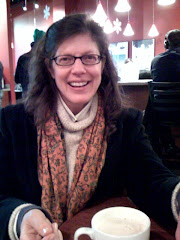





.jpg)

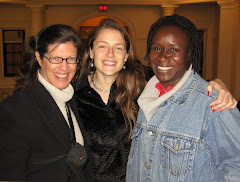.jpg)


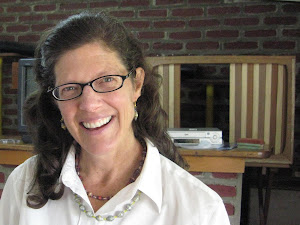.jpg)

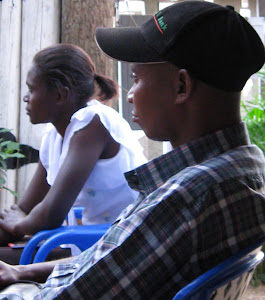.jpg)
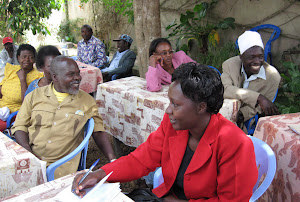.jpg)
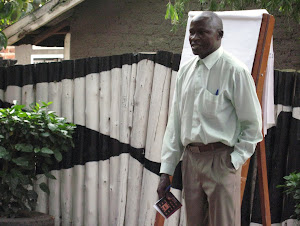.jpg)




























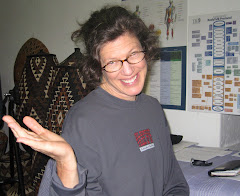



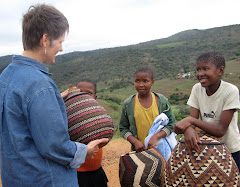.jpg)




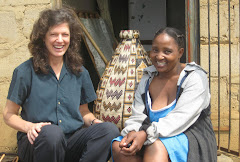










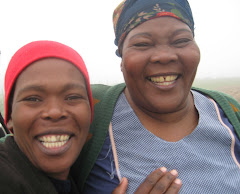.jpg)

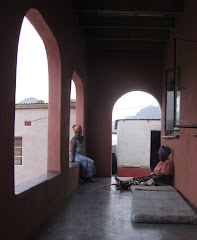.jpg)

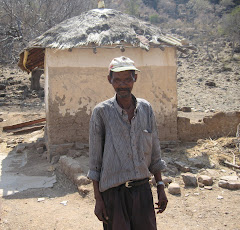.jpg)
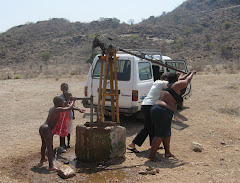.jpg)
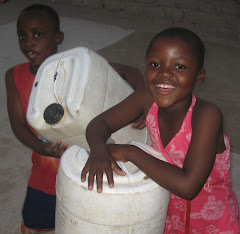.jpg)
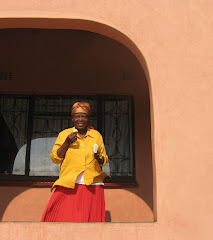.jpg)

.jpg)



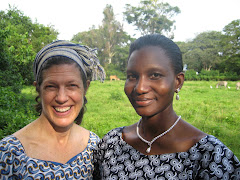



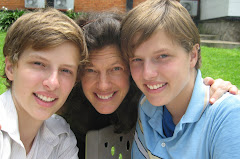.jpg)
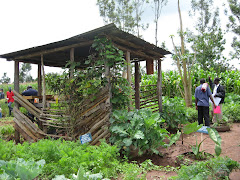
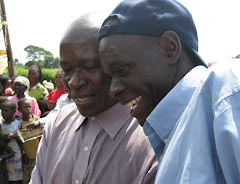.jpg)

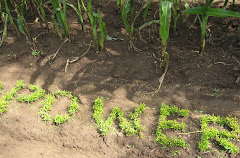.jpg)
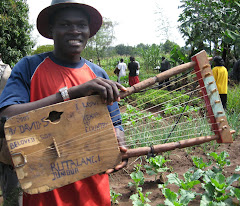.jpg)





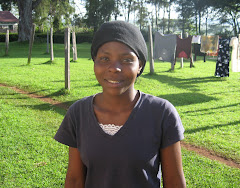.jpg)



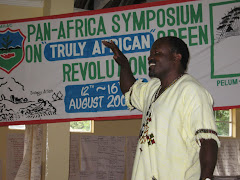

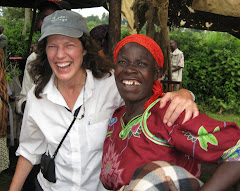.jpg)
















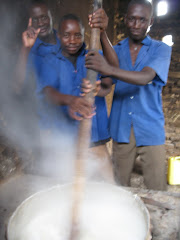.jpg)










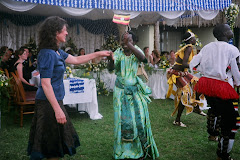.jpg)
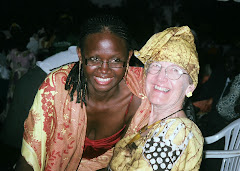.jpg)




4 comments:
Hi Carol! Thanks so much for sharing this blog with us! It is so touching to read, I feel as though I was there with you (and it makes me REALLY wish I could have gone to the wedding!) Keep writing and sharing, I look forward to the next episode with great anticipation!
Love ya! Your little sis
Such handsome people in your photos. And to think: You actually figured out how to upload them. What a fascinating contrast between an old Singer treadmill and cyberspace.
Wow, Carol! This is wonderful. Wish I could be there to help out. You know, I was a Home Ec teacher back in the last millennium -- not that I remember too much about tailoring.
big hugs & best wishes, CC
Amazing description, Carol! I can picture so much that you describe as if I were there, and that's pretty miraculous because I know NOTHING about sewing. In fact, I nearly flunked out of the eighth grade Home Ec class that I was forced to take. You have so much spunk. I'm sure you and other volunteers like you help immensely to encourage those young ones to maintain their faith and hope that the future will be bright. Becky
Post a Comment